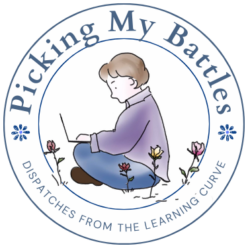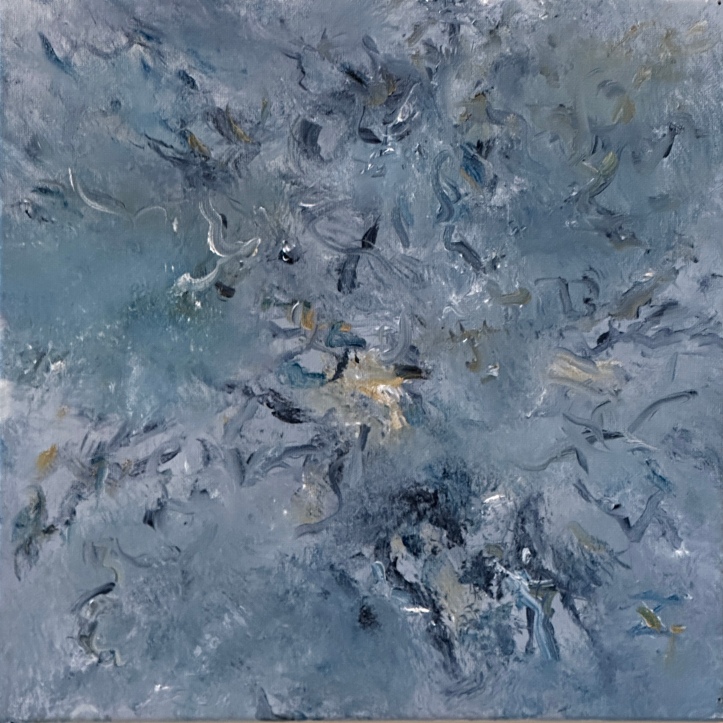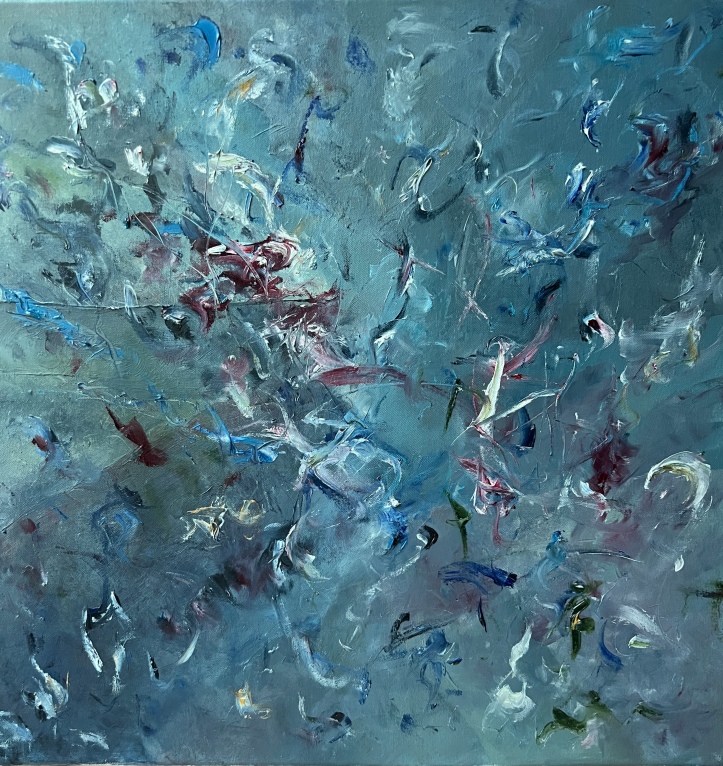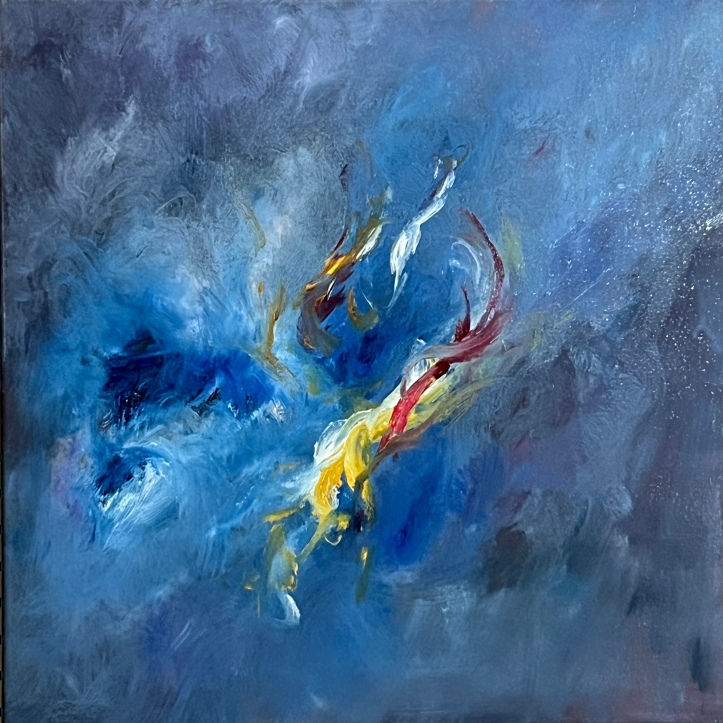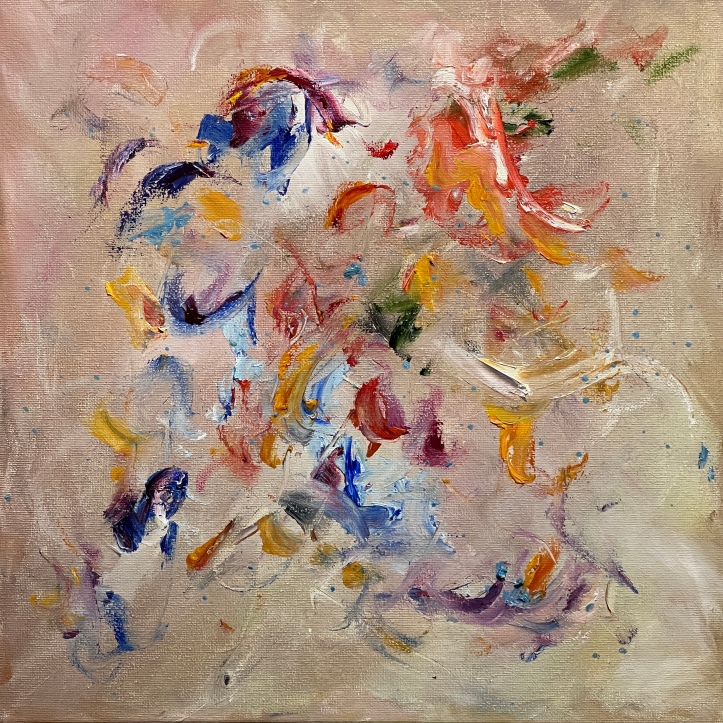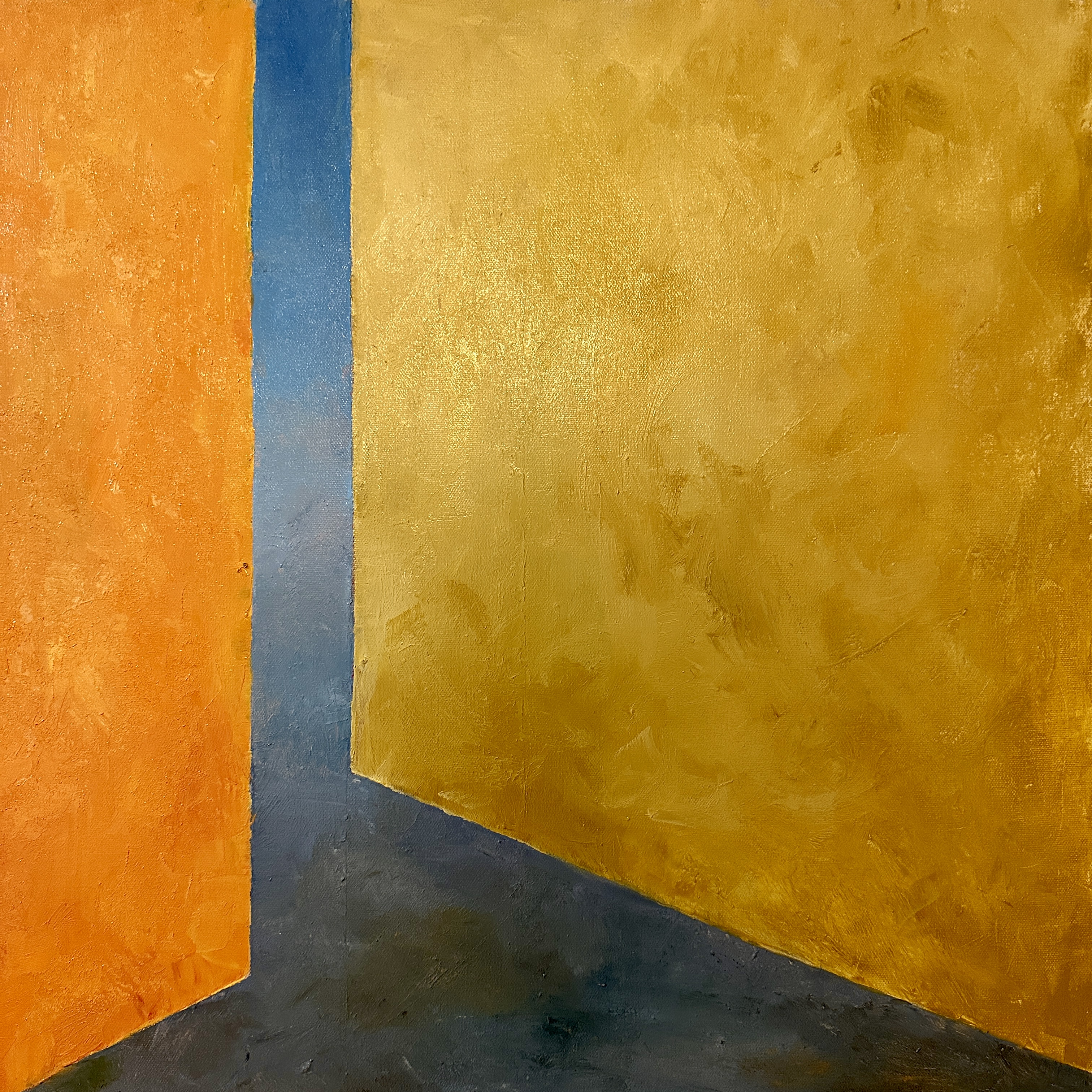
Click here if you would like this painting to live on your wall
I’ve noticed a trend as, trying to find my voice and my style, I’ve painted with a mentor over this last year. The paintings that have been the most satisfying still seem to occur by accident. There’s more intention in the way that I work each day – starting with reckless abandon, trying to find the joy, then looking for the element in the moment that compels me. Very often, however, the paintings I like the best of the ones that emerge through layers of missteps and experiments. The final piece is scarred with evidence of prior experiments and discoveries poking through.
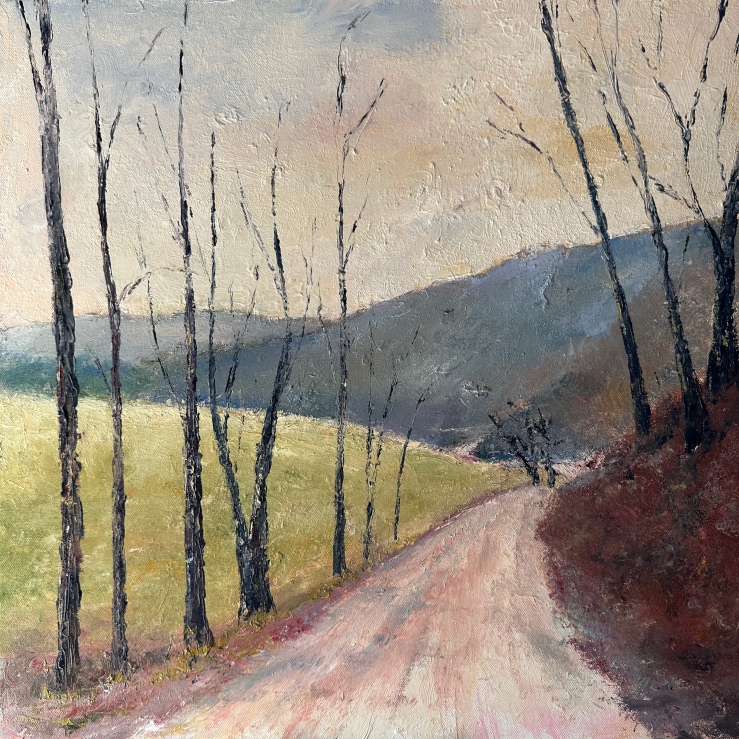
The realization came to me while we were in Rome at the beginning of July. My husband and I, both keenly aware of that Thing1’s impending move to the big city signaled that opportunities for family vacations are dwindling and booked a trip for the four of us. I got off the plane hoping for days of watercolor sketching, but, wandering a city filled with sights that compel you, I struggled to hone in on one thing.
As we wandered from Imperial ruins to medieval neighborhoods and collections of renaissance art, however, the intense blue of the sky brought the colored stucco into sharp relief. At first I thought the pinks and yellows and oranges were the compelling elements, but, as I sketched the doorway of our apartment, noticing the layers of history between the wall and the cornices, I realized how Rome had cast such a powerful spell.
It was the same reason that authors written about — the city is always changing and evolving, but the scars of history are never completely erased. A fresh coat of stucco doesn’t completely hide cracks from the layers below or the stonework that forms the original structure of a wall. Medieval timbers may form the ceiling of an apartment with 200 year old windows and conduits for ethernet or electrical cables.
The city exists in layers, and that is what I ended up painting when we got home. I had been painting it for months without realizing it, and painting those scars and reminders of all my mistakes and little victories has turned out to be the the best expression of who I am as an artist — and a person.
